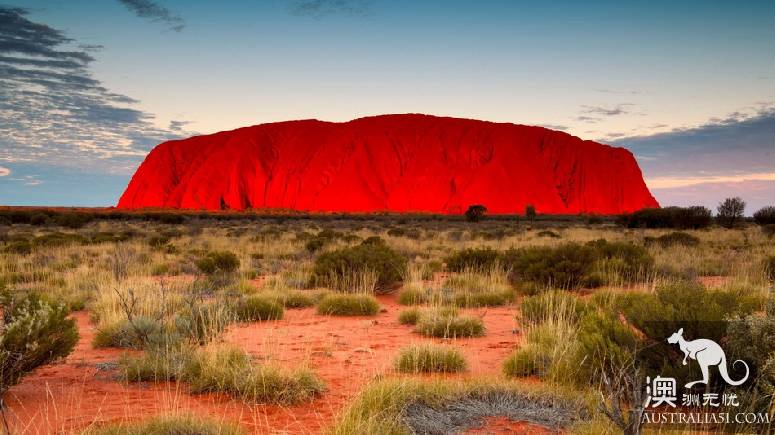
There is a very beautiful stone in central Australia, called Ayers Rock, and it has a louder name, Uluru (Uluru).
The aborigines say the red stone has stood in the heart of the red desert in central Australia for hundreds of millions of years. It has been named a World Heritage site by UNESCO, and the stone is sacred to the indigenous Anangu people on the land.
Uluru is not an ordinary stone. It is 863 meters above sea level, 348m above ground level, and most of its body is buried underground. In 1985, Uluru was returned to the indigenous people who owned it and, for preservation and management reasons, Australian Parks and Wildlife Service rented the stone from the aborigines for 1999.
Every year, thousands of visitors come to the isolated desert of northern Australia just to see it and feel its cultural charm. For decades, however, the question of whether tourists should climb Uluru has been debated.
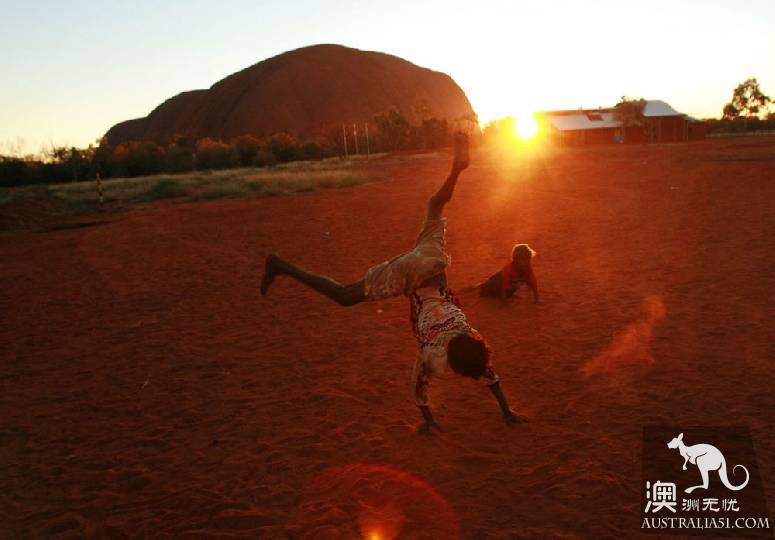
By 2016, most Australians understood how aborigines who own Uluru didn`t want to climb stones. The Anangu even marked the rocks and asked tourists to respect their decisions.
The decades-long debate was refocused on Tuesday by Adam Giles, governor of (Northern Territory Government), Australia`s northern province. At the northern provincial council, he said he hoped the indigenous people would reconsider Australia`s goverment decision to ban rock climbing altogether.
He said so out of consideration of the economic interests of the local aborigines and the entire northern province, as well as educational opportunities. "in short, a ban on climbing is not conducive to the economic development of the aborigines and the entire northern province," he wrote on his Facebook.
Giles also says Australian golfer Greg Norman agrees with him. But even if Norman agrees, it`s no use. The aborigines here have said no climbing is no climbing, and they won`t give in on the issue of faith.
If you also visit Uluru, we advise you not to climb for the following reasons.
1. This is a sacred place for the aborigines.
Although there is no mandatory ban on climbing, the sign says that visitors are asked to respect the culture and customs of the aborigines, not to climb rocks, not to litter, and to be a civilized tourist.
According to Parks Australia, the route that climbs Uluru is closely related to the route taken by the ancestors of the indigenous people, and this route is sacred and inviolable to them.
A sign next to Uluru reads, "our traditional customs dictate our correct behavior. We ask you to respect our custom and not climb Uluru.. The place you climb is exactly the way our ancestors came to Uluru during the primitive period. It is very sacred to us. "
"Anangu wants visitors to respect their culture and customs and not climb rocks," Parks Australia explained on his website. This is part of the Anangu culture, and visitors are expected to be responsible for their actions.
"visitors should know what is right and what is wrong," Tim Rogers, a staff member at the Uluru-KataTjutu National Park Visitor Service Center, told ABC in an interview in 2015. Since the sign says that climbing is forbidden, it is better for everyone to follow it. "
Indigenous people do not strictly ban climbing, is to believe that tourists can make the right choice.
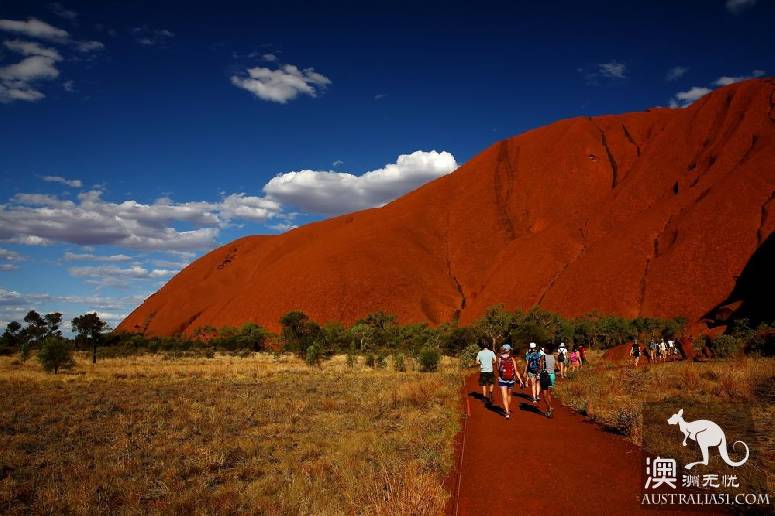
2. The arrival of a large number of tourists has brought many problems to the cultural sites.
Uluru can combine cultural charm with tourism, like any other tourist attraction in the world, Giles said. "allowing tourists to climb rocks can help them better understand the unique culture of aborigines in Australia."
The rest of the world already has many successful precedents in combining cultural sites with tourism. Like Angkor Wat in Cambodia, Taj Mahal in India, Machu Picchu in Peru. "
However, none of the examples mentioned by Giles should be taken into account, as these places are being plagued by a series of problems caused by a large number of visitors.
Take Machu Picchu in Peru, according to National Geographic and Yueyou magazine reports that Machu Picchu`s managers have for years been concerned about possible landslides, as well as the impact of a large number of visitors, such as garbage disposal. Pollution, congestion, etc.
Even if you don`t climb up, there are many ways you can feel the culture of Uluru. Like hiking or biking here, or listening to a lecture about the stone. More civilization and less harm.

3. Uluru is not a "tourist product."
"I want to talk about Uluru, the most valuable and well-known landmark in the northern province, and we can turn it into a world-class tourism product, which is also conducive to the economic development of the indigenous people," Giles said in parliament.
It is agreed that if such a world-class tourist product is to be built, it is bound to come at the expense of indigenous customs. Giles says climbing a stone can give visitors an idea of its cultural significance.
"turning such a sacred cultural site into a tourist product in the eyes of Australians can attract the world`s attention," he added.
However, even if the money is attractive, the aborigines do not want tourists to understand their culture in this way.
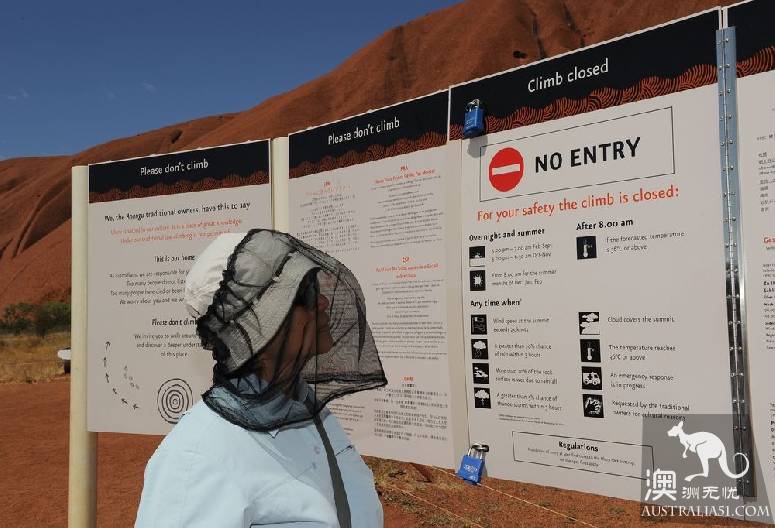
4. You`re likely to die for it.
Over the past 60 years, more than 35 tourists who have climbed stones have lost their lives. Climbing Uluru is not a joke, it can be a very physical activity, tourists should not be easy to try.
In addition to the possible loss of life, tourists climbing stones without proper security checks are also a source of concern to the aborigines. The aborigines felt it was their responsibility to ensure the safe return of visitors to the area.
Parks Australia`s website says, "We have a duty to tell visitors who come here to protect themselves. Climbing a stone is very dangerous. Many people lost their lives in the process of climbing. Many others were injured as a result. These are all very painful to us. Our customs and traditions prescribe the correct behavior for us. "
As long as you tell tourists how to climb correctly, there will be no accidents, Giles said. But accidents are unexpected things. You don`t want to fall off Uluru? The easiest way is not to climb at all.
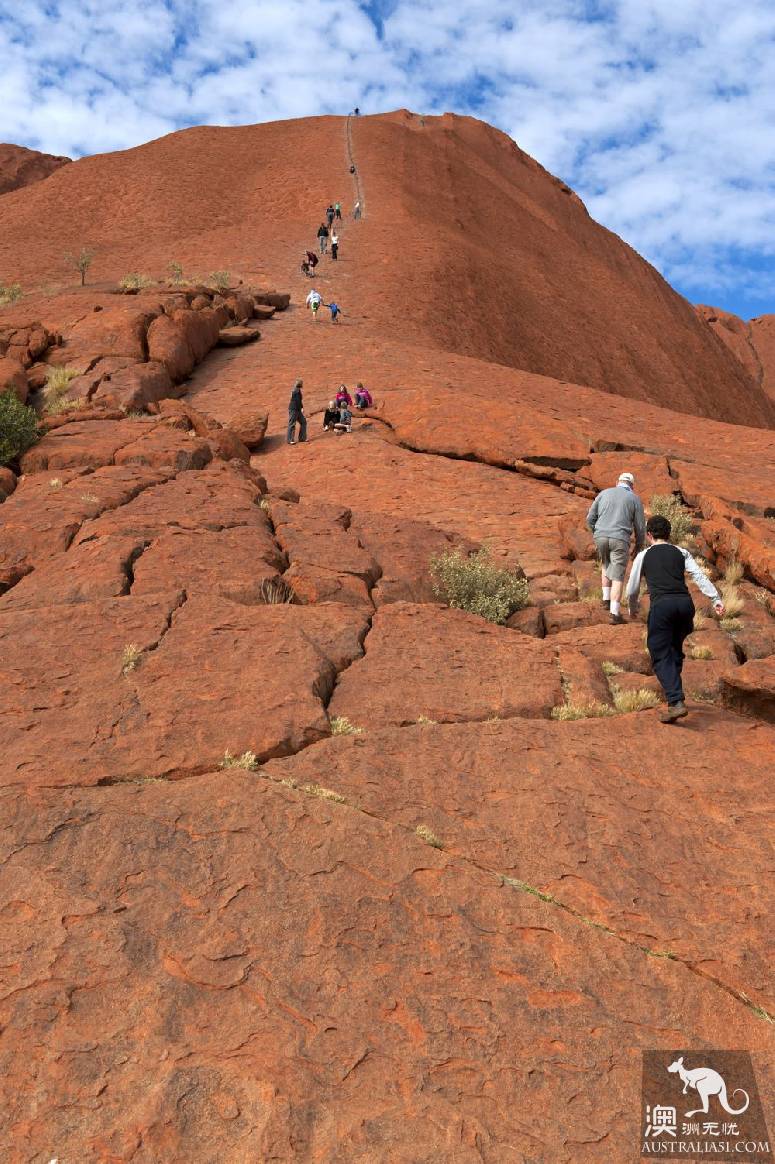
5. This is not Sydney Harbour Bridge.
Look how beautiful the Sydney Harbour Bridge is. It`s one of the attractions you have to go to. Here, you can think of how to climb. So, if you`re traveling to Australia to find a place to climb, you don`t have to run into the desert. Just come to Sydney. And it`s cheap here!
Giles recently visited Uluru, before he saw many people climbing the Sydney Bridge. Don`t tell me it`s a coincidence. He checked that more than 3 million people had climbed here since the bridge was opened to visitors in 1998. Imagine, if Uluru had allowed climbing, money View would have been so broad. The editor just wants to say that he can think of it!
"climbing the Sydney Bridge was named one of the happiest and most exciting travel experiences in the world," Giles told Parliament. And now it`s the last thing visitors can miss when they come to Sydney. "
"of course, I understand that Sydney Harbour Bridge is not as important as Uluru. But allowing visitors to climb Uluru gives them a better understanding of the unique culture of native Australians in central Australia. And you see, the Sydney Bridge has not been seriously damaged by the climbing of tourists. "
The editor feels that if you really want to visit cultural sites, you might as well take a helicopter across the desert to overlook its demeanor, or ask a local guide to show you around. Still can have fun, but also can better protect the site.
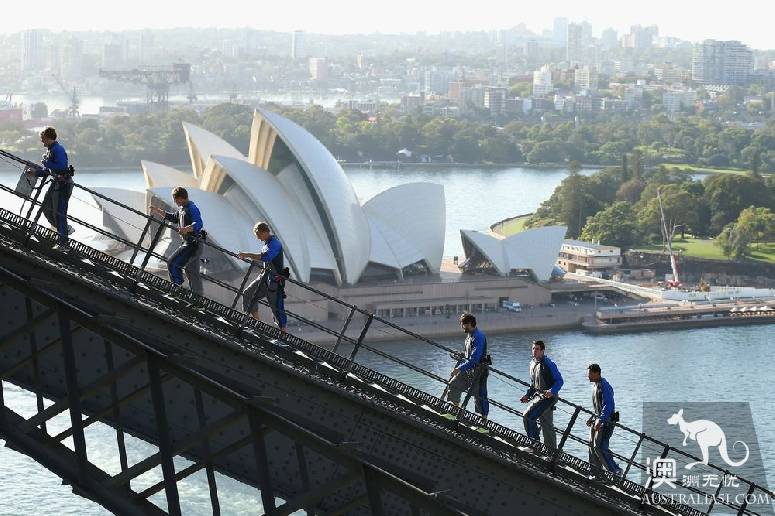
6. Spending isn`t the point.
Travel is more important than spending money. You can learn about a place`s environment, culture, customs and customs. With all this in mind, come back to this scenic spot in central Australia.
7. This
We have contacted the tourism department in Northern Province and Adam Giles`s office to ask them to comment on it.
Is there anything you want to say? Come and write down your own comments!

